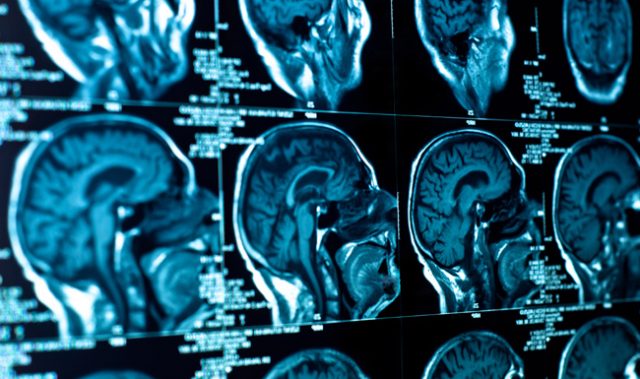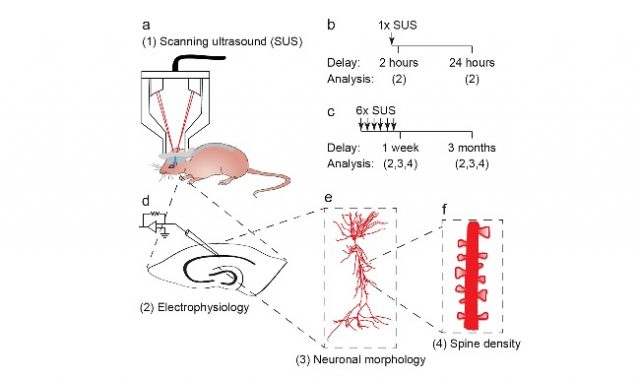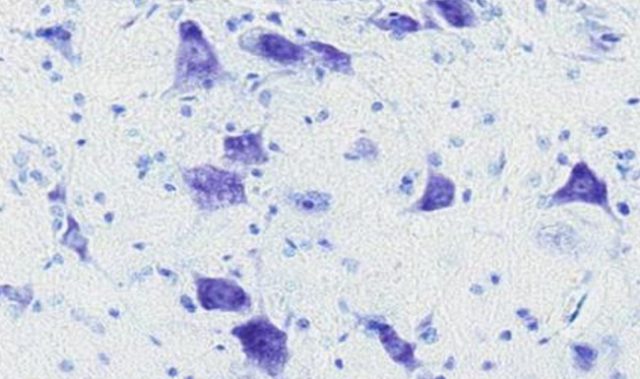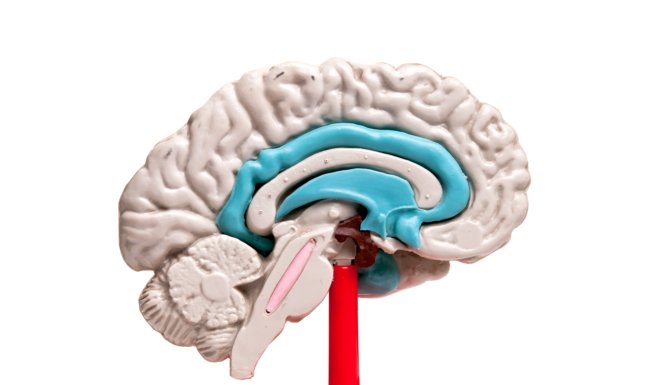
AsianScientist (Feb. 12, 2015) – Research published in Cell Reports on how nerves cells in the brain maintain efficient communication with each other may help offset the effects of Alzheimer’s disease. The study, led by scientists from the University of Queensland (UQ), has identified the process responsible for regulating neuronal communication, which is crucial for learning and memory.
Dr. Victor Anggono of the Clem Jones Center for Ageing Dementia Research at UQ’s Queensland Brain Institute said cognitive decline such as memory loss could be minimized if receptors in the central nervous system could be maintained at healthy levels.
“Communication in the brain comes down to nerve cells’ ability to send messages chemically to one another,” Anggono said. “When impaired, they will not transmit information as efficiently as they should.”
“This all happens very quickly—in milliseconds—allowing memory to be coded or retrieved.”
“In the case of Alzheimer’s disease, there is a pretty good consensus that this transmission is disturbed, partly due to the loss of the receptors. If we can reduce the damage to these receptors then we may be able to compensate for the adverse effects of toxic clumps, known as amyloid beta, that build up around nerve cells and disrupt neuronal communication in Alzheimer’s disease.”
The researchers discovered that they could modify the stability of the receptors by controlling ubiquitination, a post-translational protein modification. Upon activation, cell surface receptors known as AMPAR are internalized and subsequently recycled back to the cell surface. However, adding ubiquitin to AMPAR marked the receptor for transport to intracellular structures known as late endosomes and subsequent degradation.
Encouraged by their positive in vitro results, the researchers will now move towards testing these ubiquitination-resistant AMPAR in mice.
“Hopefully we can see an improvement in learning and memory, and if we see that then we’ll be hopeful that this strategy could work to slow the cognitive decline associated with Alzheimer’s disease,” Anggono said.
Aside from Alzheimer’s, impaired AMPAR function has also been linked to many neuropsychiatric disorders such as schizophrenia and depression.
The article can be found at: Widagdo et al. (2015) Activity-Dependent Ubiquitination of GluA1 and GluA2 Regulates AMPA Receptor Intracellular Sorting and Degradation.
—–
Source: University of Queensland.
Disclaimer: This article does not necessarily reflect the views of AsianScientist or its staff.












